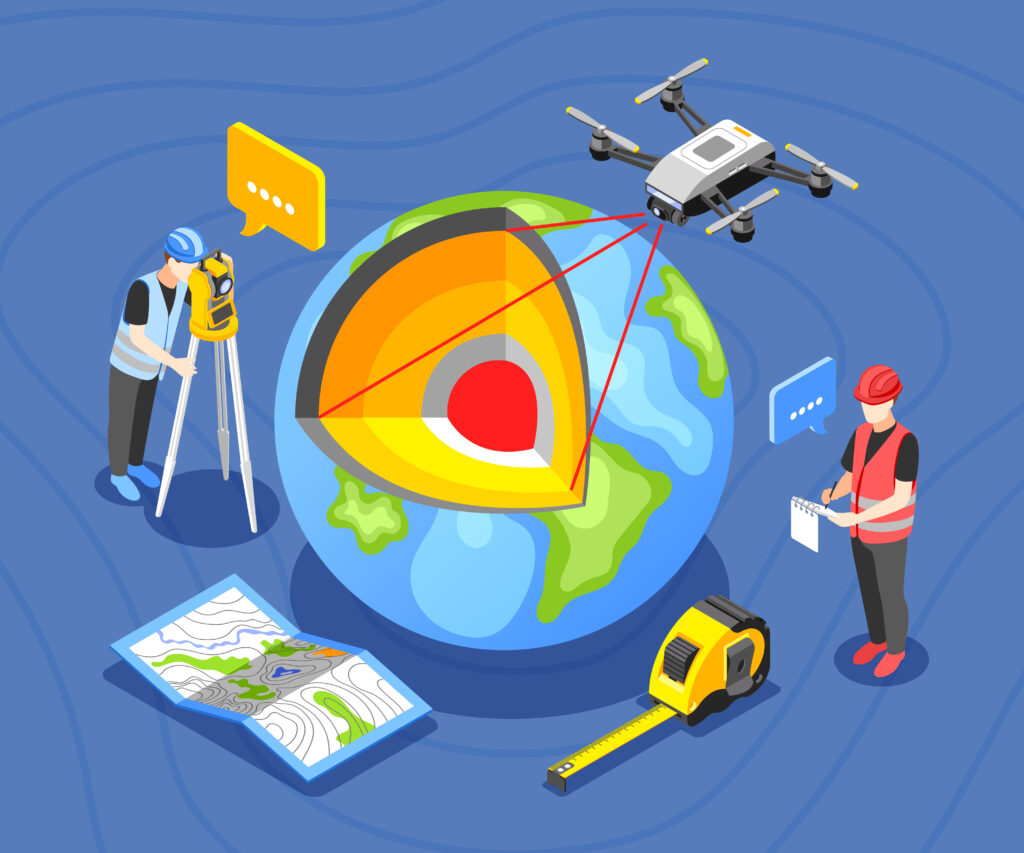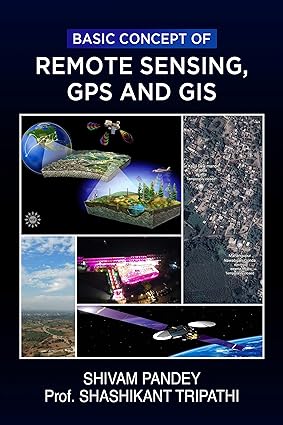GIS or Geographic Information System is a computer system for capture, store, query, manipulate, analyze, manage and present geospatial data. It has mainly five components to work with geospatial data. In this article we will discuss about the five components of GIS.
Table of Contents
1. Hardware:
Hardware is one of the most essential component, which is used to collect, store and process spatial data. This includes Computer Hardware to run GIS, digitizer or scanner for spatial data input, GPS devices for field work, printers-plotters for hard copy data display, satellite receivers for receive signals.
2. Software:
The GIS software provides the function and tools that are necessary to store, manage, analyze and display spatial data. Key functionalities include data capture, storage, querying, analysis, visualization and presentation. Some popular paid professional GIS software are ArcGIS by Esri, Geomatica, ENVI, Autodesk Map, MapInfo etc. But rather than these, various open-source software are also available which are QGIS (previously known as Quantum GIS), ILWIS (Integrated Land and Water Information System), SAGA GIS, MapWindow GIS etc.
3. Data:
Data is the core of GIS. Data consist of various kinds of input that the system takes to produce information. Data can be sourced from various providers such as governments, private companies or collected through surveys and field work. Data are mainly two types- (a) Vector Data, represents points, lines and polygons to describe geographic features and (b) Raster Data, represents images or gride where each cell holds a value representing a specific feature or property.
4. Methods or Procedure:
For successful GIS operation institutional framework and policies are also important. Methods are essential for determining the best way to acquire geospatial data, choosing the appropriate tools and techniques and selecting the most effective map types. colors and symbols to communicate complex information clearly.
5. People:
People refer to GIS professionals and users, who run the GIS software. They manage, analyze, interpret and make decisions based on spatial data to extract meaningful insights. They work directly with data and software to input, edit and maintain spatial data.

Overall:
These five key components enable a GIs to be a powerful tool for various applications across diverse fields including Environmental Science, Urban Planning, Agriculture, Epidemiology and many more.









